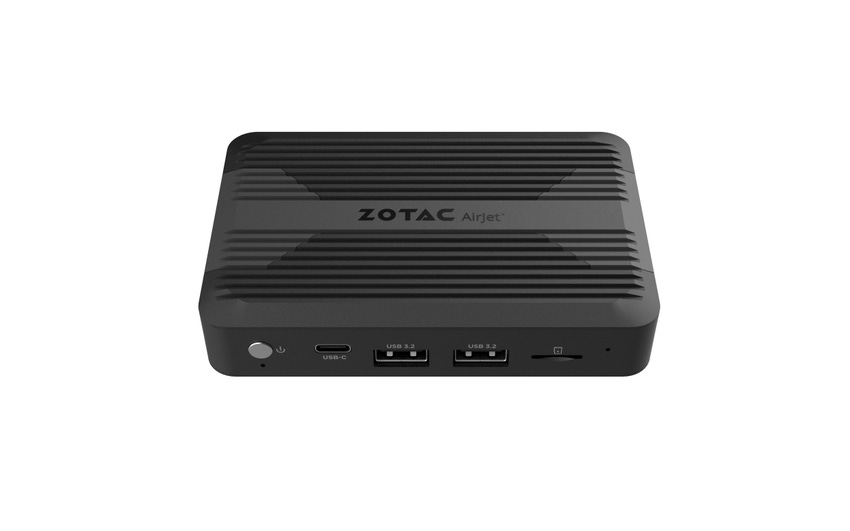4 Ways MEMS Are Transforming the Landscape of Miniature Electronics
MEMS have opened new opportunities for smaller, more capable electronics marketed to consumers and commercial clients.

At a Glance
- Microelectromechanical systems are used in sensors, hearing aids, mini PCs, and other mini electronic devices
- Advances in 3D printing, mini cooling fans, semiconductor chips, and more are driving next-gen MEMS
Microelectromechanical systems (MEMS) feature moving and electronic components on the micrometer scale. Product development teams, researchers, and others have become particularly interested in implementing MEMS into miniature electronics. Consider these four developments.
1. Accelerating Customized Production With 3D Printers
Scalability is often a central concern as people work on MEMS for miniature electronics. Designing something that works well in the lab is only half the battle. Most researchers must figure out how to affordably manufacture their innovations in large quantities.
A team at Sweden’s KTH Royal Institute of Technology realized 3D printers could help them create highly customizable, chip-based MEMS at reasonable costs. Scalability becomes less necessary because 3D printers allow companies to meet clients’ specific needs, even at low product volumes.
The researchers based their method on two-photon polymerization. It can make products as small as a few hundred nanometers with sensing capabilities. The perfected approach allowed for making approximately a dozen customized MEMS accelerometers in a few hours.
Researchers believe they could replicate this process with small- to medium-sized batches of MEMS components in the thousands to tens of thousands. This 3D printing process could influence miniaturized electronics used for everything from wind turbines to airplanes. One real-world effort of applying 3D printing to electronics allowed creating tens of thousands of parts in only eight hours.
2. Breaking the Boundaries of Voice Recognition Technology
Gadgets with voice recognition technology allow people to utter commands without using their smartphones. That can make activities like driving safer and encourage individuals to become more immersed in their environment rather than letting individuals treat technology as a distraction. For example, Humane offers an artificial intelligence-powered pin people wear on their lapels and speak into while doing daily activities.
Making tiny devices requires holistic approaches accounting for the full production cycles. For example, designing printed circuit boards of less than 4 mils requires meeting tighter trace and spacing requirements. People must also think about how to make their small products user-friendly.
Researchers recently made significant advances that could further improve voice recognition technologies powering miniaturized electronics. They applied polymer materials to MEMS, resulting in a new microphone that can detect a wider range of sounds than human ears.
The device, which can attach directly to the skin, is only about as large as a quarter of a fingernail and a few hundred micrometers thick. The team also confirmed their innovation can detect sounds over 85 decibels and those too quiet for humans to hear. The microphone recognizes a user’s voice or surrounding sounds, making it suitable for everyday use.
Experiments showed the microphone detected voices about as well as smartphones or studio microphones can. Additionally, the researchers had someone wear the microphone on their skin and do various tasks via Google Assistant. The test subject performed them without issues.
3. Improving the Creation of Tiny Speakers and Hearing Aids
Some people working on miniaturization options made possible by MEMS have focused on speaker improvements. xMEMS is a startup offering the Cypress speaker. It uses ultrasonic modulation and demodulation to generate sounds and improve listening experiences. The speaker chip in these devices measures about 9 millimeters diagonally, making it a good fit for miniature electronics. The company has also used its technology in earbuds that are capable of active noise canceling without an additional woofer.
People also prefer miniature electronics when one of the goals is to make them less noticeable. Such is the case with hearing aids marketed as the first to use MEMS speakers in their design. These small and lightweight accessories help users hear consistently better across all frequencies. The hearing aids are also water-resistant enough to allow people to wear them in the shower or at the beach, making them more convenient to use and make a part of one’s life.
4. Enabling Another Thermal Management Option
Designers face ongoing challenges in keeping electronics cool enough as they get smaller so they’ll keep working as intended. Many current possibilities focus on dissipating the excess heat so it can’t build up.
However, representatives at startup Frore Systems take a slightly different approach. The company has a MEMS-based active cooling device that removes heat without fans. Instead, ultrasonic vibrations move air through the product and across its processors. This approach is reportedly about as effective as fans but virtually silent.
The company’s decision-makers initially designed the cooling device for CPUs. However, people within the organization are also working on something that can reduce heat in memory chips.
Frore Systems is a relatively new company, only established in 2018. However, people associated with the business said several leading device manufacturers are already interested in the organization’s high-tech cooling option.
Pictured above is the ZOTAC ZBOX PI430AJ Mini PC, which is powered by two of Frore Systems’s AirJet mini solid-state active cooling chips.
MEMS Make Miniaturized Electronics Possible
These examples show how microelectromechanical systems can unlock new opportunities for tiny electronics. There will be more fascinating examples of small but highly capable new products as people explore the associated options. Even if they don’t all become commercially available, the work required to develop them will help researchers and product designers make better judgments and overcome obstacles.
About the Author(s)
You May Also Like





